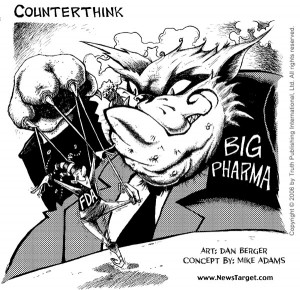Psychosurgery. Electroshock. These terms may evoke the deranged visage of Jack Nicholson receiving electroshock therapy in One Flew Over the Cuckoo’s Nest. Or bring to mind the fragile, ghostly Catherine Holly of Tennessee Williams’ Suddenly Last Summer, a young woman who is institutionalized and threatened with lobotomy when she suffers an emotional breakdown.
Psychosurgery has a troubled and lurid past—procedures designed in the late 19th and early 20th century were imprecise, ethical abuses were rampant and many patients died or lapsed into vegetative state for the rest of their lives. But variations on those procedures have survived and have been quietly making a comeback. Today, some doctors attempt to treat severe mental illness, addiction, Parkinson’s disease and pain with deep brain stimulation, by which they implant electrodes into the brain, or cingulotomy, which essentially involves burning holes in the frontal lobe. Harvard Medical School’s Massachusetts General Hospital provides an overview of the history of psychosurgery and some current procedures here, and suggests that it is probably underutilized as a treatment option. Continue reading




